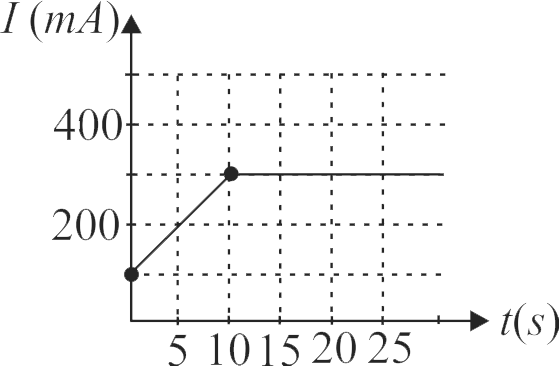357101 In a hydrogen discharge tube, it is observed that through a given cross-section \(3.31 \times 10^{15}\) electrons are moving from right to left and \(3.12 \times 10^{15}\) protons are moving from left to right. The current in the discharge tube and its direction will be
357101 In a hydrogen discharge tube, it is observed that through a given cross-section \(3.31 \times 10^{15}\) electrons are moving from right to left and \(3.12 \times 10^{15}\) protons are moving from left to right. The current in the discharge tube and its direction will be
357101 In a hydrogen discharge tube, it is observed that through a given cross-section \(3.31 \times 10^{15}\) electrons are moving from right to left and \(3.12 \times 10^{15}\) protons are moving from left to right. The current in the discharge tube and its direction will be
357101 In a hydrogen discharge tube, it is observed that through a given cross-section \(3.31 \times 10^{15}\) electrons are moving from right to left and \(3.12 \times 10^{15}\) protons are moving from left to right. The current in the discharge tube and its direction will be
